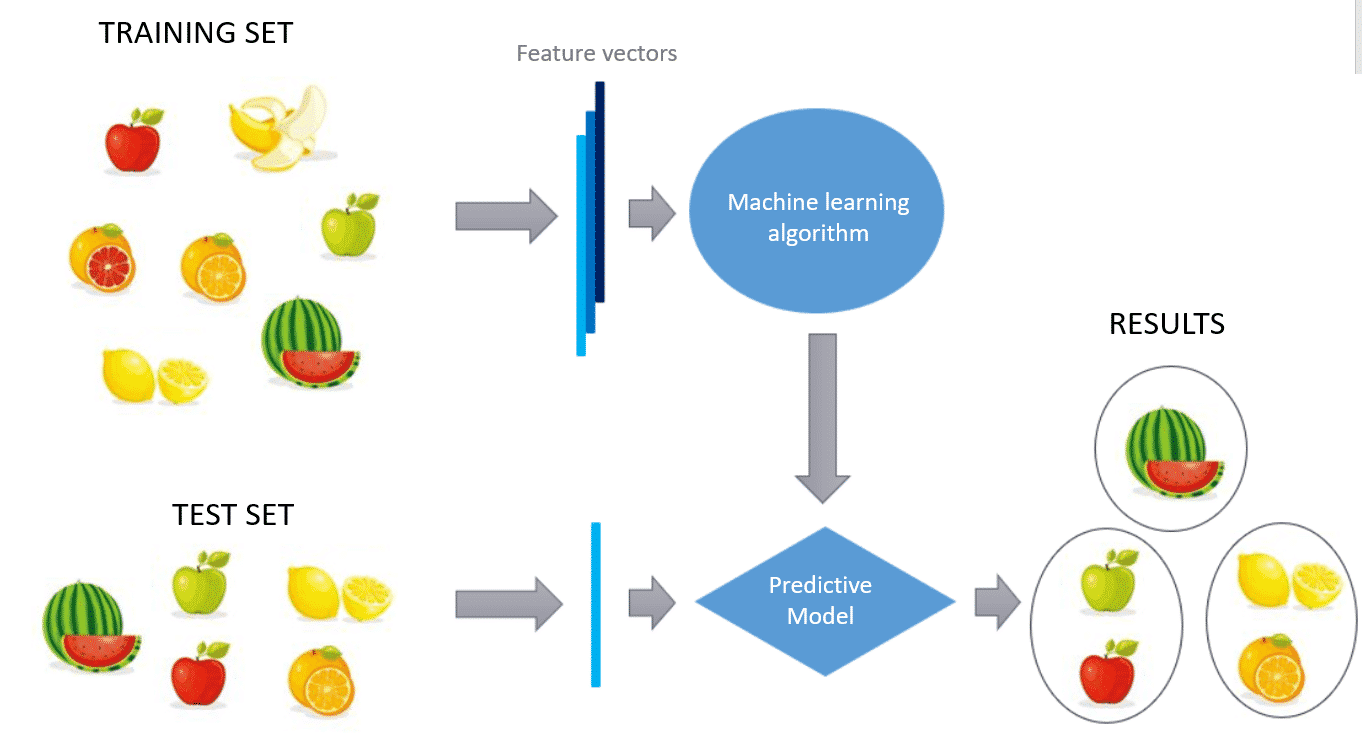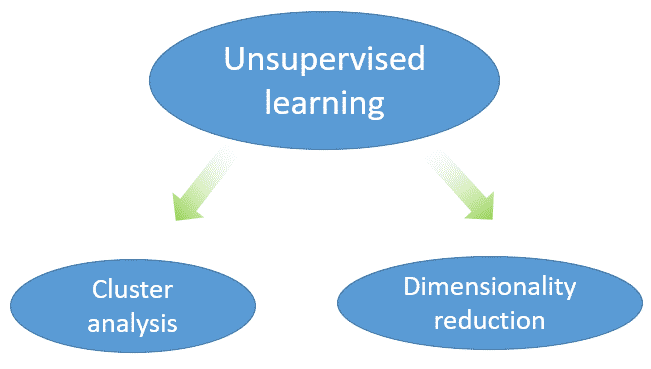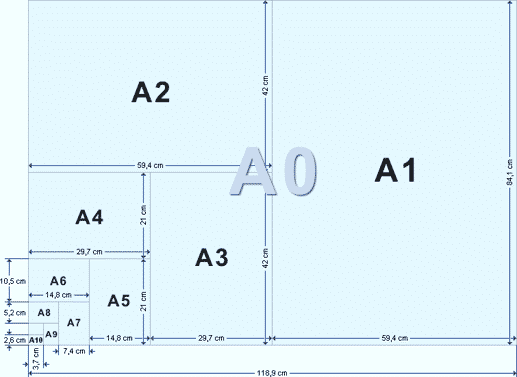Definition of unsupervised learning
Supervised learning is a set of techniques that allow you to infer models to extract knowledge from datasets where a priori is unknown.
Unsupervised learning techniques can be applied without having the data labeled for training.
Since we only know input data, but there is no output data that corresponds to the inputs, you can only describe the structure of the data and thereby try to find some kind of organization that simplifies the analysis, so it has a character Exploratory.
Operation
To understand how unsupervised learning works, you’ll turn to an example where we have an untagged dataset. This dataset is extracted from its characteristics in vectors and with this we train the machine learning algorithm in order to look for patterns between the data. The algorithm generates a model that we can provide you with new data sets that will cluster us the new elements that you have never seen with what you have learned in the training phase.
Classification
Clustering
Clustering as an unsupervised learning method aims to classify into groups according to data variables
An example of this method is to search for groups of customers with similar purchasing habits.
Dimensionality reduction
Dimensionality reduction as an unsupervised apprenticeship method aims to reduce the number of variables to consider in the analysis.
An example of this method is to represent in a single dimension the measures of a role








¿Qué tiene que ver el tamaño de los folios con la reducción dimensional en machine learning?